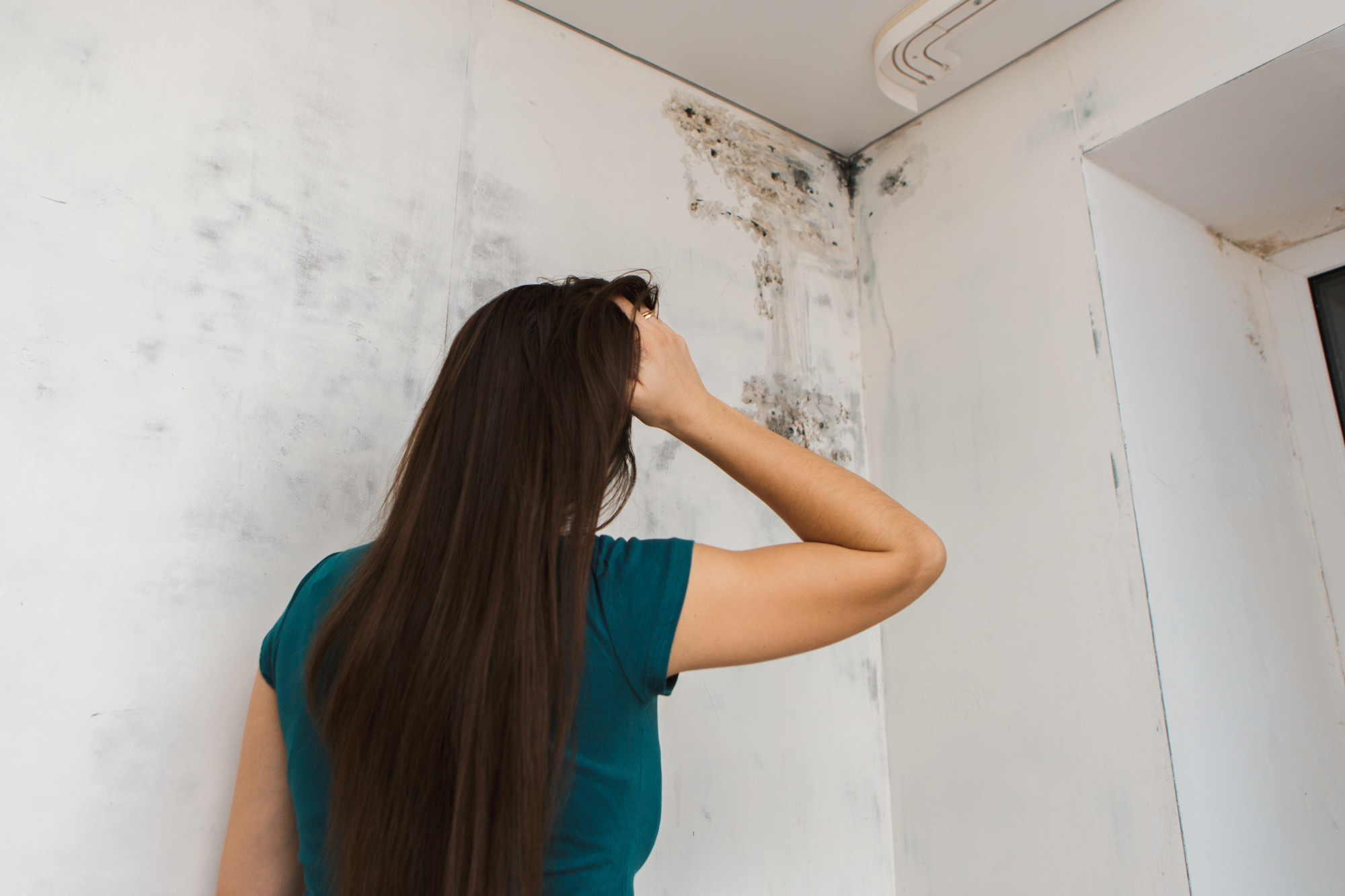
10% of the population is severely allergic to mold, making it a serious issue if it appears in your home.
Due to their similar appearance, mold and mildew are often confused. While they are equally annoying and can both be dangerous, they are not the same. Keeping your home safe requires knowing how to identify and remove them.
Read our guide to understand mold vs. mildew and how to eliminate both.
What Are Mold and Mildew?
They are not the same, and it’s important to be able to tell them apart by knowing the characteristics of each.
Mold is a colored fungus that can grow in almost any damp environment. It eats dead material outside but is little more than a nuisance when it reaches the inside of your home.
Signs of mold include foul odor and patches of colored fuzz.
Mildew is another type of fungus. It has a powdery appearance and is usually either white or brown.
It’s important to know the characteristics of mold and mildew to identify them so the problem can be solved.
Differences and Similarities
It’s important to understand the difference between them as well as the traits they share.
Mold as well as mildew they both thrive in damp places like wet drywall or flooring. They can also cause similar allergic reactions and omit an equally awful smell.
Mildew is not as invasive or serious as mold. It’s easier to eliminate because it only lives on the surface of a material.
It’s also important to understand how to differentiate between black mold vs. mildew. Black mold is a toxic variety that is not only a different color but can cause much more severe symptoms. Look here for more information on toxic mold.
Impact
Mold spores are too small to spot and can stay in the air for long periods. They can cause painful symptoms if inhaled.
Those who are severely allergic or have compromised immune systems are more likely to experience flu-like symptoms like headaches, nausea, and runny noses.
The differences in the impact of mildew vs. mold are significant. Mildew is unpleasant and can cause some negative health effects. Mold can be toxic and is much more likely to be deadly, especially for the allergic.
Anyone can be negatively affected by mold and mildew. Even if there are no symptoms, the fungi are visually unappealing enough to justify removal.
Cleaning and Prevention
It’s important to know how to remove mold and mildew after it’s been identified.
Begin by placing preventative measures inside and outside the home such as mold-resistant drywall and wallpaper.
Reducing humidity keeps your home from being an environment fit for mold and mildew. The easiest way to do this is by using dehumidifiers.
Wet clothes and towels are a common source of mildew, so don’t leave them out for long periods. It’s also helpful to vent the dryer and remove obstructions like lint.
A thorough cleaning can usually remove most mold and mildew. Serious infestations may require the help of a professional.
Check here for more tips on dealing with mold damage and why it needs to be cleaned immediately.
What to Do About Mold and Mildew
Mold and mildew are not the same things. It’s important to understand the differences. This makes it easier to identify, distinguish, and remove these potential dangerous invaders.
We can help with damage to your home from mold, mildew, water, and more. Learn more about our mold remediation services and contact us for more information today.
